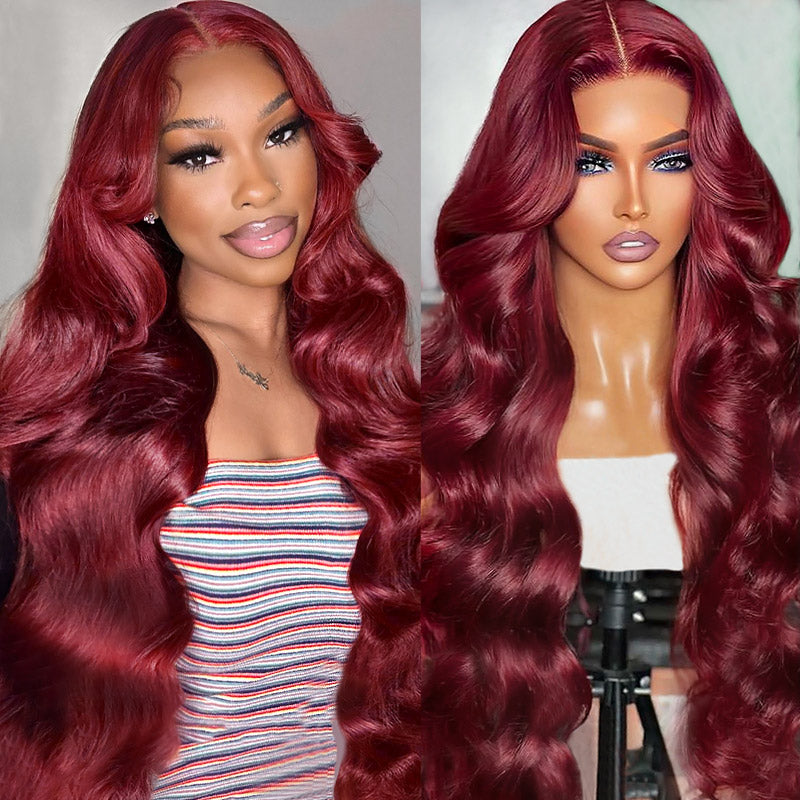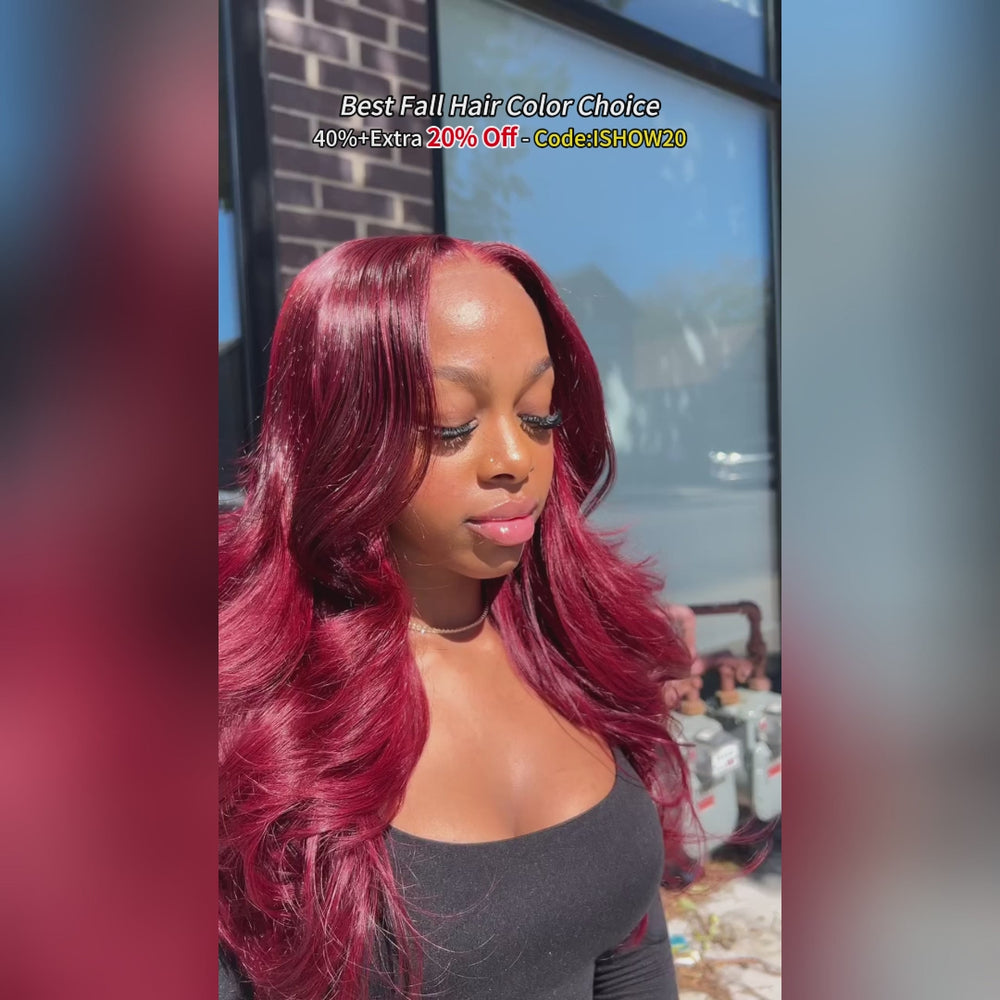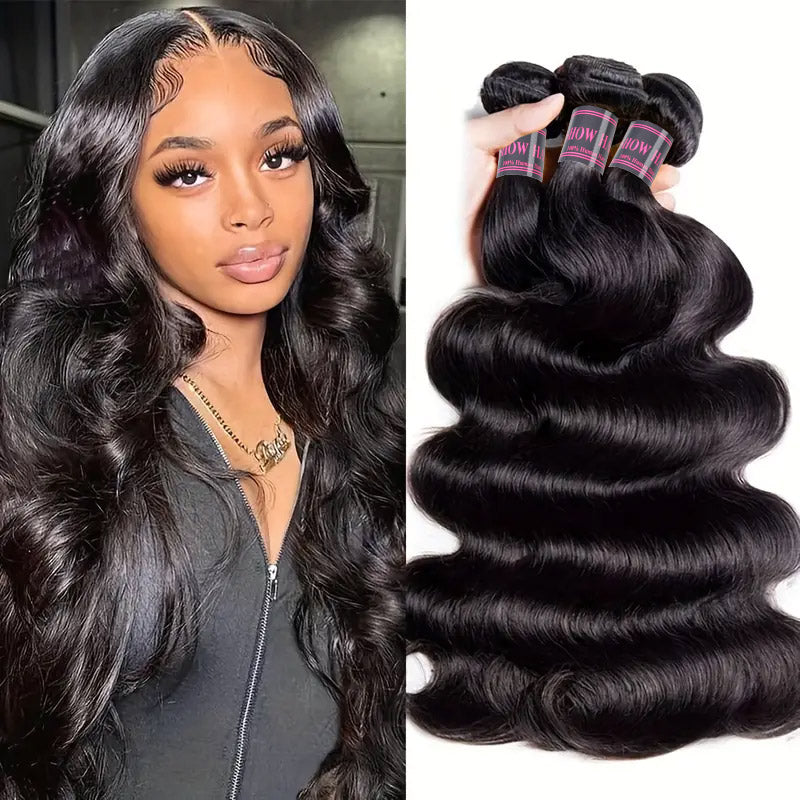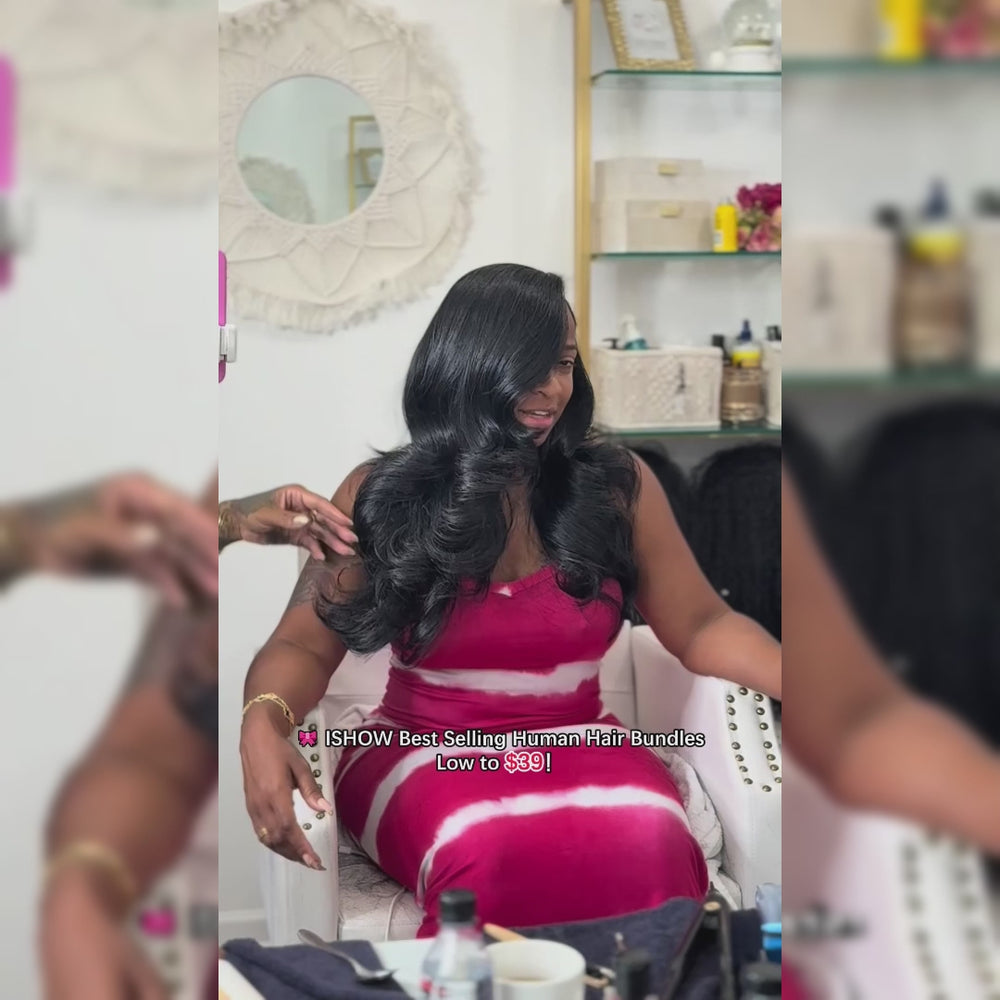Common Wig Problems and How to Solve Them
Wigs have soared in popularity as a versatile solution for anyone looking to enhance their style, experiment with new looks, or support hair growth challenges. While they offer the exciting advantage of transforming your appearance without permanent changes, wig wearers can sometimes face frustrating issues like tangling, shedding, or fit problems. In this article, we'll talk about these common problems and provide you with actionable tips and tricks to overcome them, ensuring your wig remains as comfortable and natural-looking as ever.
Problem 1: Wig Tangling and Matting
Tangles and mats can turn a fabulous wig into a frustrating mess. But why exactly does this happen? Well, unlike natural hair that receives nourishing oils from the scalp, wigs lack this constant hydration, which helps keep hair smooth and tangle-free. Plus, everyday activities cause friction-a common culprit for those pesky knots.
Prevent the Tangle Trouble
- Brush with Care: Always use a wide-tooth comb or a brush designed for wigs. Start at the ends and gently work your way up to prevent pulling fibers out.
- Proper Storage: Keep your wig on a stand or mannequin head when not in use. This not only prevents matting but also helps maintain its shape.
-
Wig-Specific Products: Invest in detangling sprays and conditioners made for wigs; they help reduce friction and static.

Untangling Tactics
If you do find yourself facing a tangled wig, don't panic. Patience is key here.
- Detangling Spray: Apply a generous amount of wig detangling spray before you begin to comb through the knots.
- Gentle Separation: Use your fingers to gently separate the strands as much as possible, then slowly comb the tangles out.
- Regular Maintenance: Make detangling a part of your regular wig care routine to prevent severe matting-it's much easier to manage when done consistently.
Problem 2: Wig Shedding and Hair Loss
Shedding is a natural part of a wig's life cycle, but when it happens excessively, it can be concerning.
Why Does Shedding Occur?
- Wear and Tear: Regular use naturally leads to some hair loss in wigs.
- Rough Handling: Vigorous brushing or styling can cause fibers to loosen and fall out.
- Quality of Construction: Hand-tied wigs tend to shed less than machine-made ones, as they are individually knotted.
Distinguishing Normal from Excessive Shedding
A few strands coming loose now and then is normal, but if you're noticing significant thinning, take action right away.
Minimize the Shedding
- Gentle Grooming: Use gentle strokes when brushing your wig. Avoid tugging or pulling, which increases shedding.
- Mindful Styling: Limit the use of heat tools and harsh chemicals that weaken the wig hairs.
- Regular Maintenance: Keep your wig clean and conditioned with products designed for wig care, strengthening the hair and increasing its longevity.
Problem 3: Wig Fit Dilemmas
An ill-fitting wig does more than just look awkward-it can cause discomfort and even lead to headaches or scalp pain.
The Impact of a Poor Fit
- Discomfort: A wig that's too tight can lead to tension headaches, while one that's too loose might shift throughout the day.
- Appearance: A wig that doesn't fit snugly can look unnatural, revealing your hairline or creating unsightly bulges.
Measuring for the Perfect Fit
Correct sizing is the foundation of a comfortably fitting wig.
- Head Measurements: Use a cloth tape measure to take accurate measurements of your head, following guides available online or from wig professionals.
- Consult Size Charts: Compare your measurements against the manufacturer's size charts to find the right match.
Solutions for Common Fit Issues
- Wig Caps: A wig cap can help create a smoother surface and offer slight adjustments in sizing.
- Adjustable Straps: Many wigs come with straps or bands that you can tighten or loosen for a better fit.
-
Customization: For significant sizing issues, consider taking your wig to a professional for alterations.

Problem 4: Wig Slippage and Shifting
One of the most common annoyances for wig wearers is when their wig shifts or slips throughout the day.
Why Wigs Slip
- Incompatible Sizes: A wig that's too large can easily move out of place.
- Smooth Surfaces: A lack of friction between the wig and your scalp or hair can cause the wig to slide.
- Activity Level: More physical movement can lead to your wig shifting, especially if it's not secured properly.
Techniques to Secure Your Wig
- Wig Adhesives: Special adhesives designed for wigs can help keep your piece in place without damaging your skin or the wig lace.
- Wig Grips: Wig grips are bands made from velvet or silicone that provide friction and comfortably hold your wig in position.
- Clips and Combs: Sewing clips or combs into the interior of your wig can latch onto your natural hair or wig cap to prevent movement.
Tips for Maintaining a Secure Fit All Day
- Proper Application: When putting on your wig, take the time to adjust it correctly, ensuring it's centered and aligned with your natural hairline.
- Mindful Activity: Be aware of your wig during physical activities and check for any needed adjustments periodically.
- Routine Checks: Throughout the day, a quick visit to the mirror for a brief check can help catch any slips before they become noticeable.
Problem 5: Wig Styling Difficulties
Styling a wig to look chic and natural can sometimes be as challenging as achieving the perfect hairstyle on your natural hair.
Common Styling Hurdles
- Volume and Body: Synthetic wigs, in particular, can lack the natural bounce and volume of human hair.
- Creating Natural-Looking Parts: Achieving a realistic part that mimics the scalp can be tricky, especially with less expensive wigs.
- Adapting to Weather Conditions: Just like natural hair, wigs can react to humidity and wind, which might ruin your style if not properly prepared.
Product Recommendations for Easier Styling
- Heat-Friendly Fibers: For those who want to use heat tools, opt for wigs made with heat-resistant synthetic fibers or choose human hair wigs.
- Wig-Specific Styling Products: Lightweight mousses, hairsprays, and gels designed for wigs can help create the desired style without weighing down the fibers.
- Wig Mousse: A good mousse can add volume to the roots and give the fibers a more lively, dynamic look.
Pro Styling Tips for Different Wig Types
- For Synthetic Wigs: Use cool air settings on blow dryers and curlers/straighteners specifically made for synthetic hair to avoid damaging the fibers.
- For Human Hair Wigs: Treat them as you would your natural hair, but be mindful to use heat-protectant products and avoid excessive heat.
- For Creating Parts: Use tweezers to pluck hairs along the part to widen it slightly for a more natural look. Some wearers also apply foundation or a wig concealer to the part to mimic the look of the scalp.
Problem 6: Wig Care Mistakes
Proper maintenance is paramount to extending the life of your wig. However, certain missteps in care can inadvertently lead to issues.
Common Wig Care Blunders
- Overwashing: Excessive washing can strip synthetic wigs of their coating and human hair wigs of their moisture.
- Wrong Products: Using regular hair care products instead of those specifically designed for wigs can cause buildup and damage over time.
- Rough Drying Methods: Vigorous towel drying can create tangles and frizz, leading to fiber damage.
The Consequences of Improper Care
Neglecting proper care routines can result in a lackluster appearance and a decrease in the functional life of your wig. This might mean more frequent replacements and additional costs in the long run.
Best Practices for Wig Maintenance
- Washing with Care: Wash your wig according to the frequency of wear and only with wig-formulated shampoo and conditioner.
- Correct Drying Techniques: Pat your wig gently with a towel and allow it to air dry on a wig stand to maintain its shape and integrity.
- Proper Storage: Store your wig on a wig stand or mannequin head away from direct sunlight when not in use to prevent color fading and maintain its style.
Wearing Wig Effortless
It's clear that while wig ownership can come with its set of challenges, each problem has a solution that can help maintain the beauty and longevity of your wig. From detangling to reducing shedding, securing a perfect fit to styling with flair, and avoiding care pitfalls, we've covered essential tips to keep you and your wig looking your best. Approach each hurdle with patience and the right knowledge, and you'll find that managing your wig becomes an effortless part of your beauty routine.











